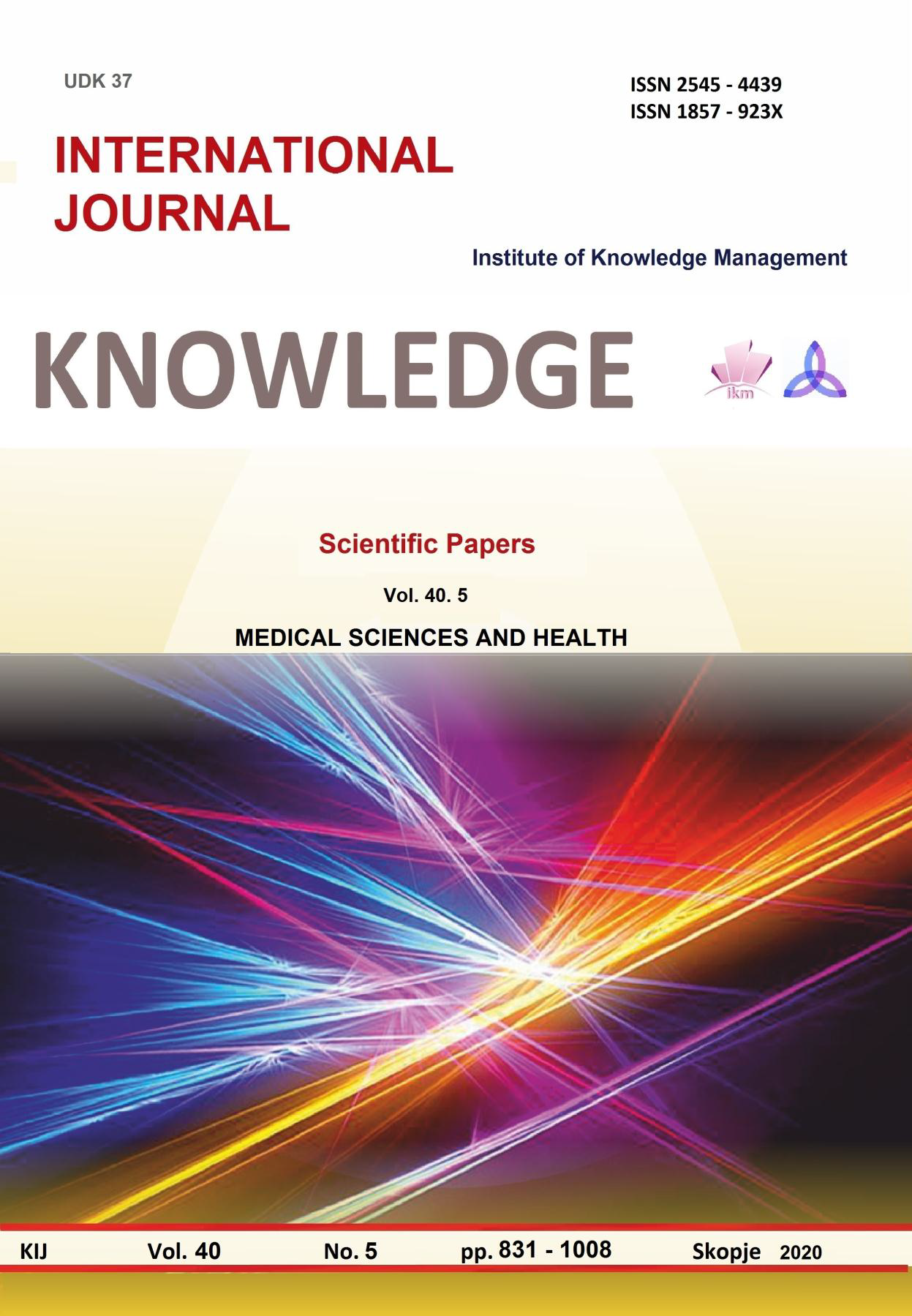HEREDITARY ANGIOEDEMA (HAE): A CASE REPORT AND LITERATURE OVERVIEW
HEREDITARY ANGIOEDEMA (HAE): A CASE REPORT AND LITERATURE OVERVIEW
Author(s): Martina Gjorgjievska Kamceva, Julijana Maksimovikj Mileva, Lidija Petrovska, Gordana Kamcheva MihailovaSubject(s): Social Sciences
Published by: Scientific Institute of Management and Knowledge
Keywords: hereditary angioedema; case report; C1 inhibitor esterase.
Summary/Abstract: Recognition of the unique clinical and immunological characteristics of the rare causes of Hereditary angioedema (HAE) is important in order to obtain proper and timely diagnosis and treatment of the patient. Hereditary angioedema is a rare disease with great heterogeneity of symptoms like edema of the skin, gastro-intestinal mucosa and larynx or pharynx. The changes are spontaneously withdrawn in 12 to 72 hours. Hereditary angioedema is autosomal-dominant but can occur spontaneously in a healthy family without clinical manifestations or immune defects. Based on the mechanism of occurrence, it is conventionally classified as angioedema mediated by mastocytic degranulation, bradykinin or idiopathic, while in terms of clinical and pathophysiological manifestation it is divided into acquired and congenital or congenital angioedema with or without urticaria.Three types of HAE are described. The most frequent is type I, which is a result from a mutations in the SERPING 1 gene, they cause hereditary angioedema type I and type II. The SERPING 1 gene provides instructions for creating C1 inhibitory protein, which is important for controlling inflammation. C1 inhibitory protein leads to blockage of the activity of certain proteins that lead to inflammation. Mutations that cause hereditary angioedema type I lead to decreased levels of C1 in the blood, deficiency of the complement C1 inhibitor. Without an adequate level of functional C1 inhibitor, excessive amounts of a protein fragment called bradykinin are generated. Bradycin causes inflammation due to the increased elimination of fluid through the walls of blood vessels in the body's tissues. Excessive accumulation of fluid in body tissues causes episodes of swelling observed in individuals with inherited angioedema type I and type II. Case presentation: A 25-year old woman who was first diagnosed with Oedema Quincke, of the face, after an insect bite, when she was 9 years old. Since then, almost every month, swelling of the arms or legs occurs before the menstrual cycle, and swelling of the hands also occurs when blood is drawn from the finger, while several times a year there is swelling in the facial region. The patient was brought for the first time as an emergency to the Department of Dermatovenereology at the Clinical Hospital Stip with pronounced circuscribed edema of the face without erythema and without a feeling of itching and pain that appeared 3-4 hours before admission. Due to the frequent occurrence of swelling in the facial region, immunochemical analyzes have been performed. The analysis showed a reduced level of C1 inhibitor esterase 0.0365g / l (0.18-0.39) and the results are in favor of HAE typ I. The patient was treated few times with isogroup plasma 2x220 ml and within 24 hours the edema receded, later she was included in the program for patients with HAE, with parenteral inhibitor of C1 esterase, ie with amp. Beriner.
Journal: Knowledge - International Journal
- Issue Year: 40/2020
- Issue No: 5
- Page Range: 885 - 888
- Page Count: 4
- Language: English

